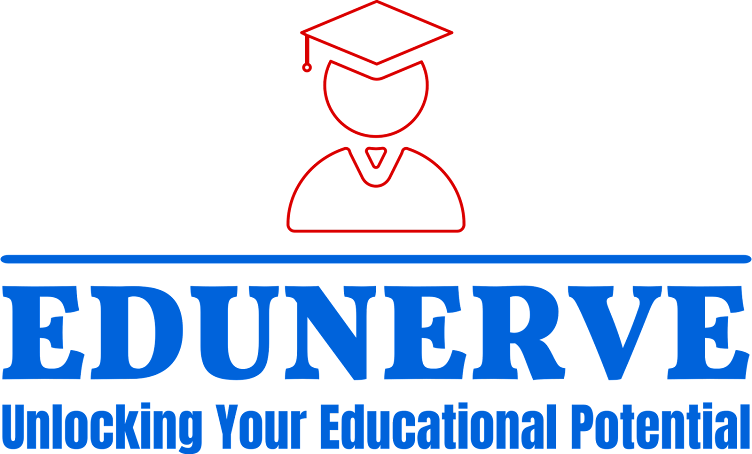Understanding and Addressing Learning Disabilities in Primary Students
Learning disabilities can significantly impact a student's academic performance and overall educational experience. These disabilities, which affect how children process information, can manifest in various forms, such as difficulties with reading, writing, math, or attention. It is crucial for educators, parents, and professionals to understand and address these challenges early on to provide effective support and enable students to reach their full potential. In this article, we will explore the nature of learning disabilities in primary students and discuss strategies for identification, intervention, and support.
What are Learning Disabilities?
Learning disabilities are neurodevelopmental disorders that affect the brain's ability to receive, process, store, and respond to information effectively. These disabilities are not indicative of a child's intelligence; rather, they reflect specific areas of weakness in cognitive processing. Learning disabilities can impact various aspects of a child's academic life, including reading, writing, listening, speaking, reasoning, and mathematics.
Identifying Learning Disabilities
Early identification of learning disabilities is crucial to provide timely support. Some common signs of learning disabilities in primary students include:
- Reading difficulties: Struggling with letter recognition, decoding words, or comprehending text.
- Writing challenges: Difficulty with spelling, grammar, and organizing thoughts.
- Mathematics struggles: Problems with basic number concepts, calculations, and problem-solving.
- Attention issues: Difficulty sustaining attention, following instructions, or staying organized.
- Memory difficulties: Problems remembering and recalling information.
- Language delays: Difficulty expressing oneself verbally or understanding spoken language.
It is important to note that not all learning difficulties indicate a learning disability. However, if a student consistently exhibits multiple signs and experiences significant challenges in specific areas, further assessment may be necessary.
Addressing Learning Disabilities
Once a learning disability is identified, a comprehensive approach involving educators, parents, and specialists can significantly enhance a student's educational journey. Here are some strategies for addressing learning disabilities in primary students:
1. Individualized Education Plans (IEPs)
Individualized Education Plans (IEPs) are tailored programs developed collaboratively by educators, parents, and specialists. IEPs outline specific learning goals, accommodations, and support services to meet the student's unique needs. These plans ensure that appropriate resources and strategies are implemented in the classroom, enabling students to access the curriculum effectively.
2. Multisensory Instruction
Multisensory instruction engages students through multiple senses, such as sight, hearing, and touch. This approach helps reinforce learning by presenting information in various ways, accommodating different learning styles. For example, using visual aids, manipulatives, and interactive activities can enhance understanding and retention of concepts.
3. Assistive Technology
Assistive technology tools can provide valuable support to students with learning disabilities. These tools range from text-to-speech software to speech recognition programs, allowing students to access and express information more effectively. Assistive technology promotes independence and helps bridge the gap between a student's capabilities and academic demands.
4. Differentiated Instruction
Differentiated instruction recognizes that students have diverse learning needs and adjusts teaching methods accordingly. Teachers can modify lesson plans, assignments, and assessments to accommodate various learning styles and levels of ability. By providing targeted instruction and scaffolding, educators can help students overcome learning obstacles and succeed academically.
5. Social and Emotional Support
Students with learning disabilities may face additional social and emotional challenges. Creating a supportive and inclusive classroom environment fosters their overall well-being and self-esteem. Encouraging peer interactions, implementing social skills training, and providing counseling services can help students develop positive relationships and cope with emotional difficulties effectively.
6. Collaboration and Communication
Open lines of communication and collaboration among educators, parents, and specialists are vital in addressing learning disabilities. Regular communication ensures that everyone involved is aware of the student's progress, challenges, and necessary interventions. Collaboration allows for a coordinated approach, where strategies can be aligned across different settings, such as the classroom and home, to provide consistent support and reinforce learning.
7. Professional Development and Training
Continuous professional development for educators is crucial to stay informed about the latest research, best practices, and interventions related to learning disabilities. Training sessions can enhance teachers' knowledge and skills in identifying, accommodating, and supporting students with learning disabilities. Educators equipped with up-to-date strategies are better prepared to address the diverse needs of their students effectively.
8. Parental Involvement and Support
Parents play a vital role in supporting their child with a learning disability. By actively participating in their child's education, parents can reinforce strategies used in the classroom, advocate for their child's needs, and provide a nurturing environment at home. Collaborating with teachers and attending workshops or support groups can help parents gain valuable insights and resources to better support their child's learning journey.
9. Building Self-Advocacy Skills
Empowering students with learning disabilities to become self-advocates fosters independence and resilience. Teaching students about their learning strengths and weaknesses, providing strategies for self-regulation and problem-solving, and encouraging them to communicate their needs to teachers and peers can enhance their confidence and ability to navigate academic challenges.
Conclusion
Understanding and addressing learning disabilities in primary students requires a comprehensive and collaborative approach. By identifying learning disabilities early on, implementing individualized support plans, and employing effective instructional strategies, educators and parents can help students overcome challenges and succeed academically. It is essential to foster a supportive and inclusive environment that recognizes the unique strengths and needs of each student. By working together and staying informed about best practices, we can create an educational system that provides equal opportunities for all learners, ensuring that every child reaches their full potential.



No comments:
Post a Comment